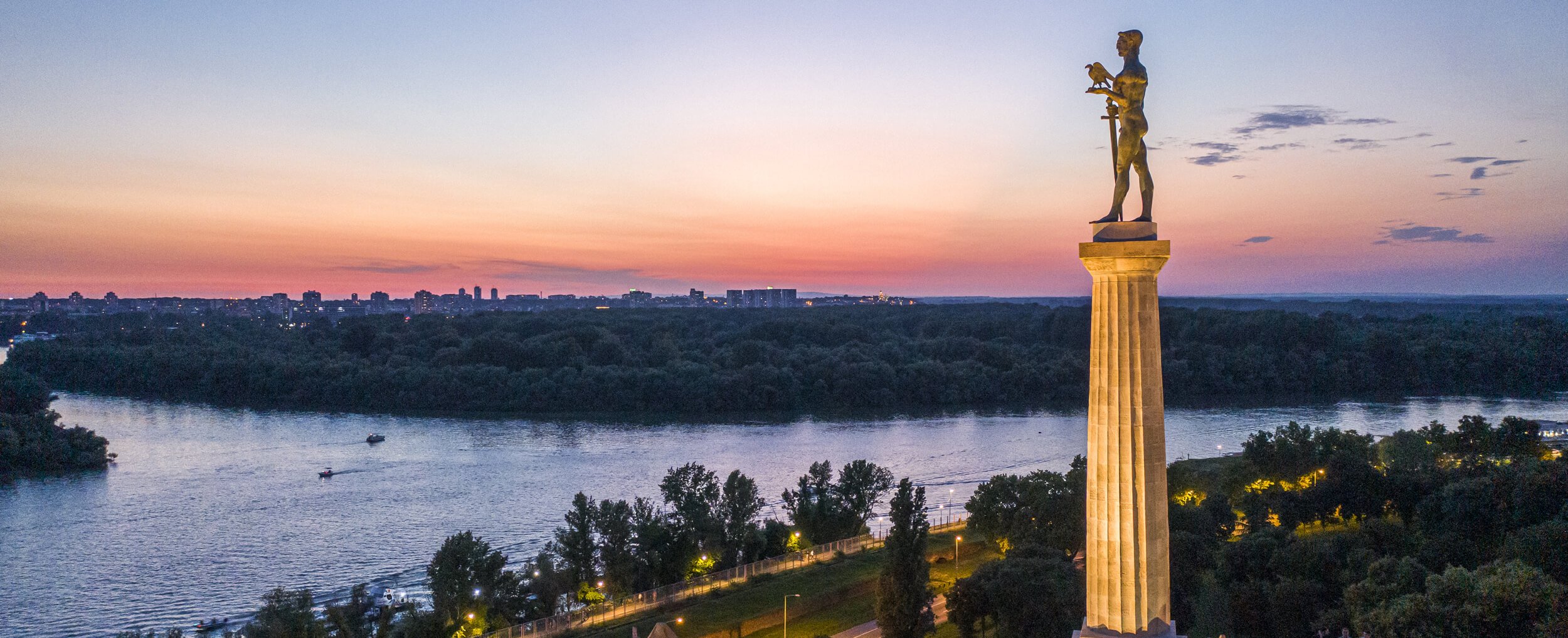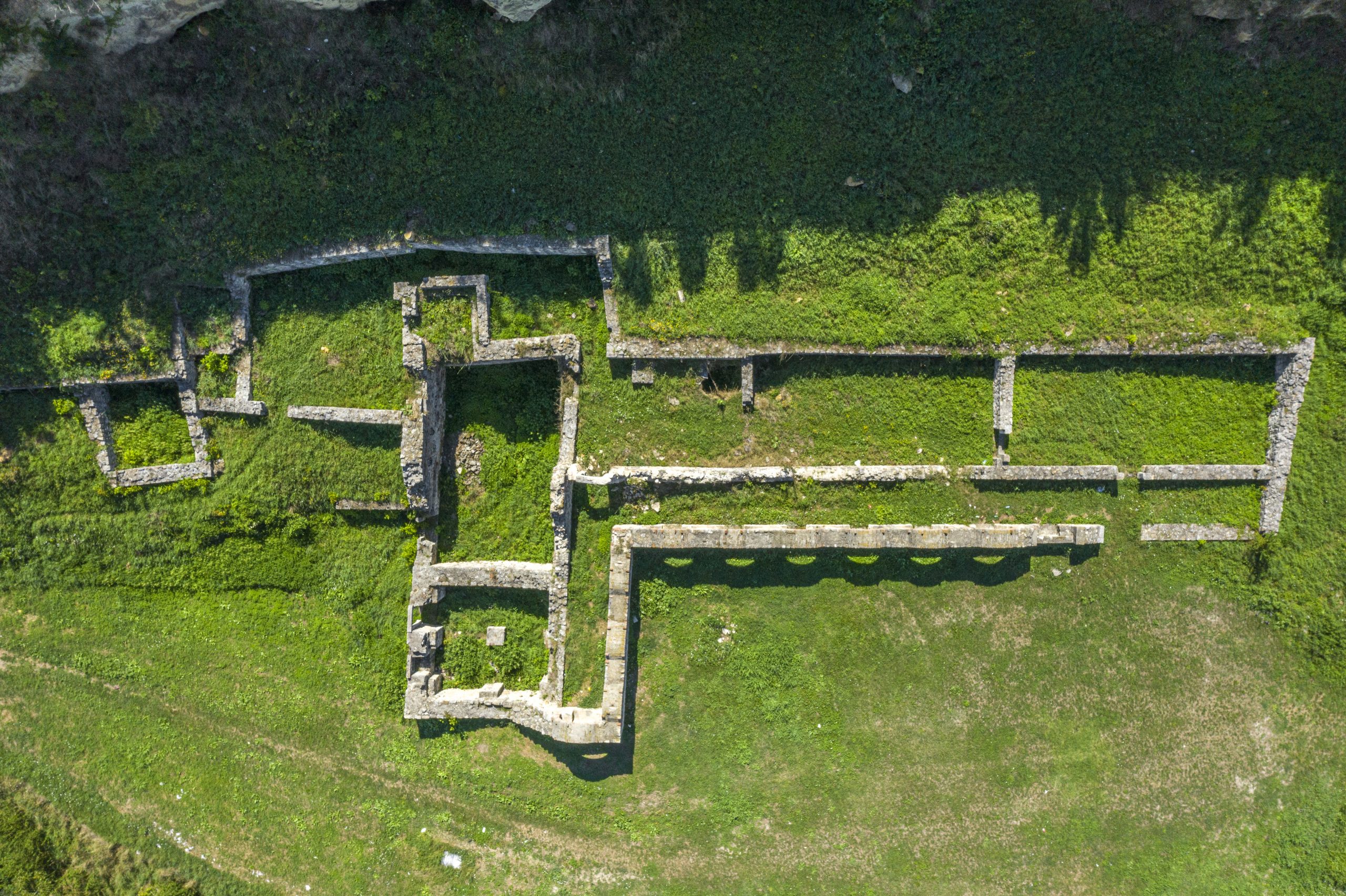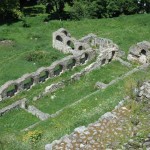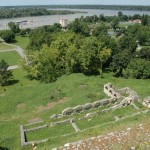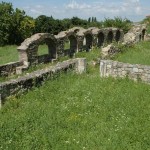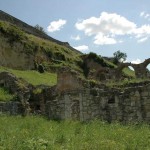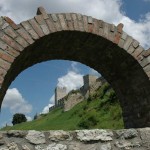Archaeological excavations have revealed a part of the marble lintel of the Metropolitan Church of the Assumption of the Mother of God with the founder’s inscription of Despot Stefan Lazarevic. Apart from the inscription, no other remains of the church were found, which was destroyed at the beginning of the third decade of the 18th century. In the immediate vicinity of the church, there was a spacious medieval building — a palace that has been determined by archeological excavations since 1985 to date from Despot’s time. This palace belonged to the complex of the Metropolitan Court and was destroyed in a fire during the Turkish occupation of the city in 1521.
The most important temple of medieval Belgrade, of which, unfortunately, there are no more preserved traces. There is no knowledge of a reliable time of creation of this church. It is noted that this temple was visited by Queen Simonida, the young wife of King Milutin, in 1315, in order to pay homage to the miraculous icon of the Most Holy Mother of God, the city’s greatest shrine. In the time of King Dragutin, the church was also mentioned by Danilo the Second, describing it as a large cathedral metropolitan church. It was probably a three-aisled basilica, with a large dome.
At the beginning of the 15th century, choosing Belgrade as his capital city, Despot Stefan Lazarevic found the church in a dilapidated condition. Through his efforts, the church was renovated and extended. We have information about this fundraising work thanks to the data of Constantine the Philosopher, the biographer of Despot Stefan Lazarevic. He provides us with information about icons and other shrines that adorned the interior of the church, among which, in addition to the miraculous icon of the Mother of God, were the relics of St. Petka and Holy Empress Theophanes, which arrived here after the Turkish conquest of Bulgaria. The church also contained icons of twelve apostles, six on each side, as well as a reliquary with the hand of the Holy Emperor Constantine, which is now in the treasury of the Moscow Kremlin. The information about the renovation was written on a part of the portal, which was discovered in a pile of collapsed stone by happy coincidence.

